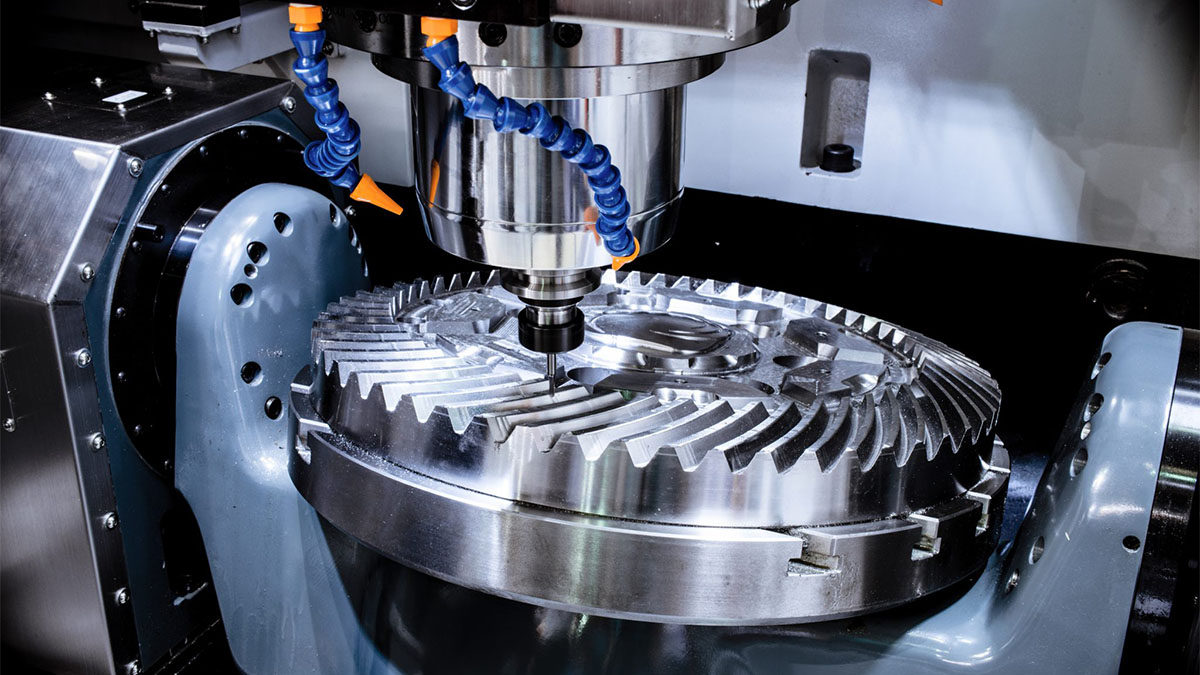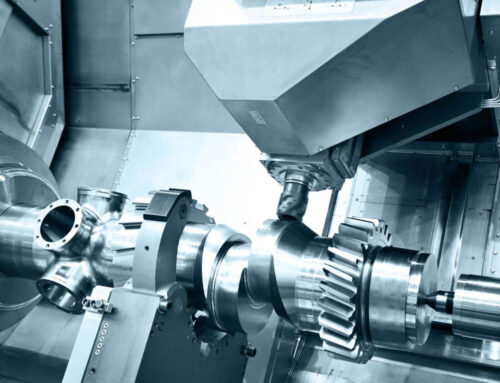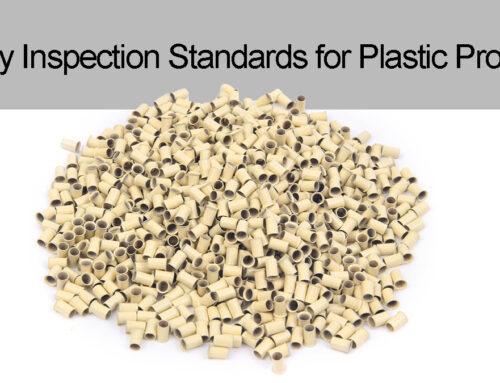In the field of CNC machining, standardization is the core support for ensuring production safety, controlling product accuracy, and improving operational efficiency. In order to effectively avoid machining risks, unify operating standards, and achieve closed-loop management of the production process, this guide is formulated based on the actual production experience of the workshop and industry standards. This guide is applicable to all CNC equipment operators and related management personnel in the workshop, covering the key points of the entire process from start-up preparation, machining execution to workpiece handover. It is the rigid execution basis for daily operations, and all personnel must strictly abide by and implement it in a standardized manner.
- 1. Operational Process Requirements
- 1.1 Before Startup: Comprehensive Safety Check
- 1.2 After Startup: Preheating and Safety Confirmation
- 1.3 Before Machining: Workpiece and Program Verification
- 1.4 Before Starting the Machine: Calibration and Tool Setting
- 1.5 Machining: Detailed Monitoring to Prevent Hidden Dangers
- 1.6 After Machining: Clean and Rust Prevention
- 2. Conventional Machining Standards
- 3. Workpieces Handover
- 4. Supplement Machining Details
1. Operational Process Requirements
1.1 Before Startup: Comprehensive Safety Check
The startup operation requires strict pre inspection: the lubricant oil and spindle coolant oil need to be confirmed to have normal liquid levels; The clamping status of the holder, the cleanliness of the worktable, and the smoothness of the air filter network all need to be checked one by one. After all tools are in place, the subsequent process can proceed, and safety is always the top priority.
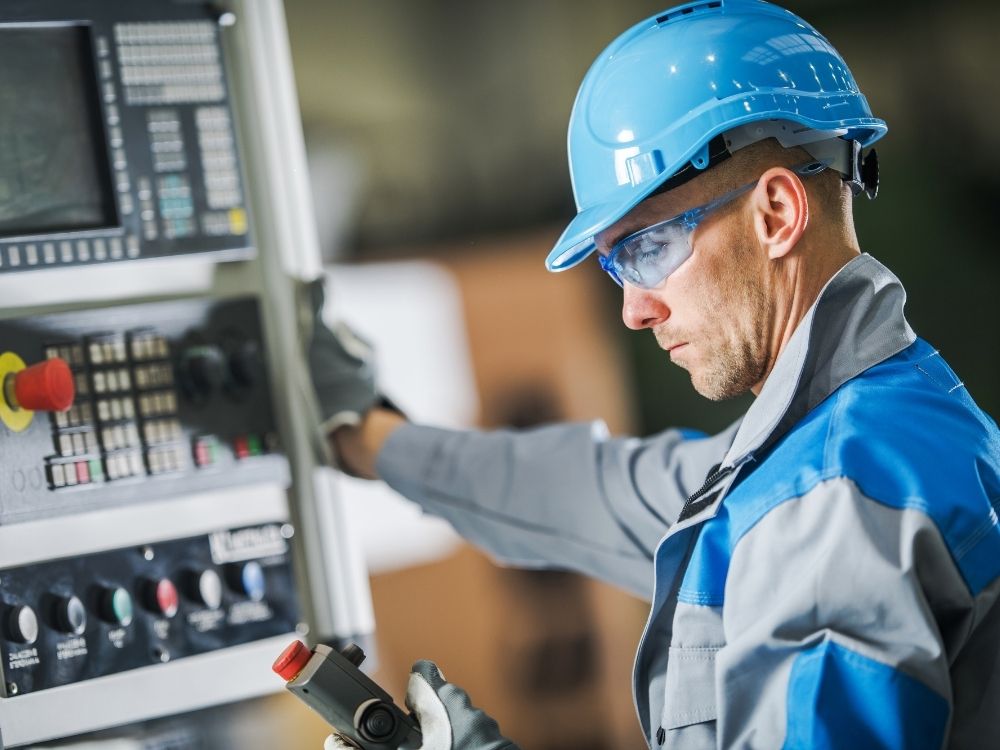
1.2 After Startup: Preheating and Safety Confirmation
High speed machine tools require preheating treatment after startup, while ordinary machine tools need to complete the startup zeroing operation. Special Note: The safety door must be closed before the machine tool is operated. This is an important measure to ensure the safety of operators, and illegal operations are strictly prohibited.
1.3 Before Machining: Workpiece and Program Verification
The preparation of the workpiece needs to ensure a complete match with the program sheet, including key information such as mold number, workpiece number, datum corner, dimensions, and height. For large steel materials, additional checks are required for right squareness accuracy. The program sheet must include front view, side view, and isometric drawing, specifying core parameters such as tool length, machining dimensions, and machining allowance. After clamping the workpiece, a secondary safety check must be performed.
Program confirmation requires item by item verification: mold number, datum setting method, XYZ three-axis coordinate system, tool diameter and tool length parameters. The electrode machining program needs to focus on verifying the safety height, and it is recommended to set it 20mm higher than the maximum copper material to avoid collision risks.
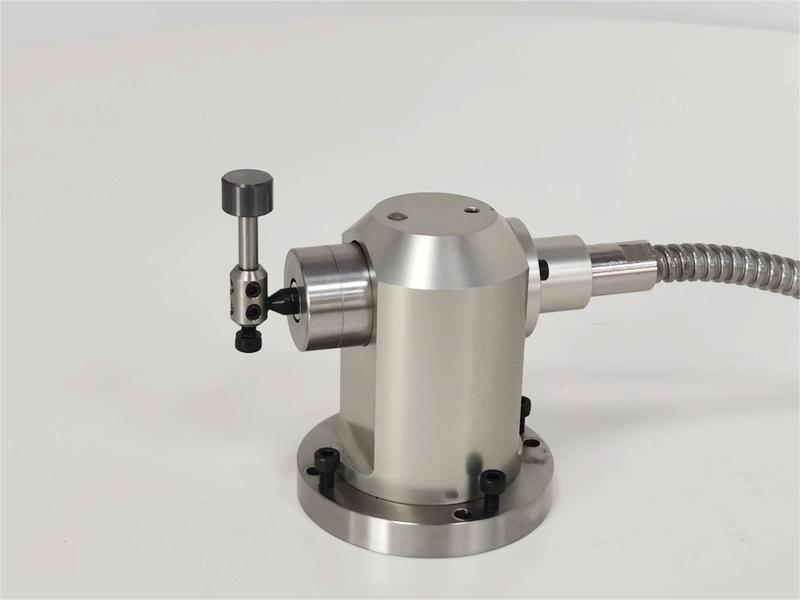
1.4 Before Starting the Machine: Calibration and Tool Setting
Before the workpiece is put on the machine, it should be properly clamped, cleaned and organized, and the screws should be tightened and checked; Locate the direction of the workpiece according to the program sheet; Check the level and parallelism of the workpiece and conduct inspections; Before taking the middle reading, all coordinates such as G54 should be cleared to avoid misuse or missing numbers; Determine the number of points to be taken on the Z-axis according to the program sheet, and set a fixed tool alignment program. Each time the tool alignment is performed, the program is executed in place before checking for any errors or omissions in counting; Move the XY axis to the relative zero position and perform a counting check. After confirming that there are no errors, proceed to the next step of the operation.
1.5 Machining: Detailed Monitoring to Prevent Hidden Dangers
(1) Start the NC program on the machine, perform a single section to check the tool and safety height again, and find the first cutting depth. Measure the height of the workpiece blank to obtain the first cutting amount. If there is any abnormality, immediately report it to the team leader, and the day shift immediately contacts the programmer. During machining, pay attention to observing and listening to the sound of chips, and pay more attention to listening to the sound of cutting after normal machining. This is the most normal time. Measure the tool diameter before cutting;
(2) Every time the program is changed and the first tool is cut, attention should be paid to observing whether the machining residual coordinate data and the distance between the tool and the machining position are reasonable. When roughing, the first layer of machining is used as a trial machining, and the speed, feed rate, and cooling should be adjusted. All rough and semi smooth cutting with large machining allowance are blown with air. Alloy knives with coarse and large margins must be blown with air. For deep machining or machining points that are relatively narrow compared to the tool diameter and cannot achieve cooling effect with air blowing, oil spray cooling is used. For small knife deep bone machining, oil mist is blown, and for small margin smooth knives, oil spray cooling is used.
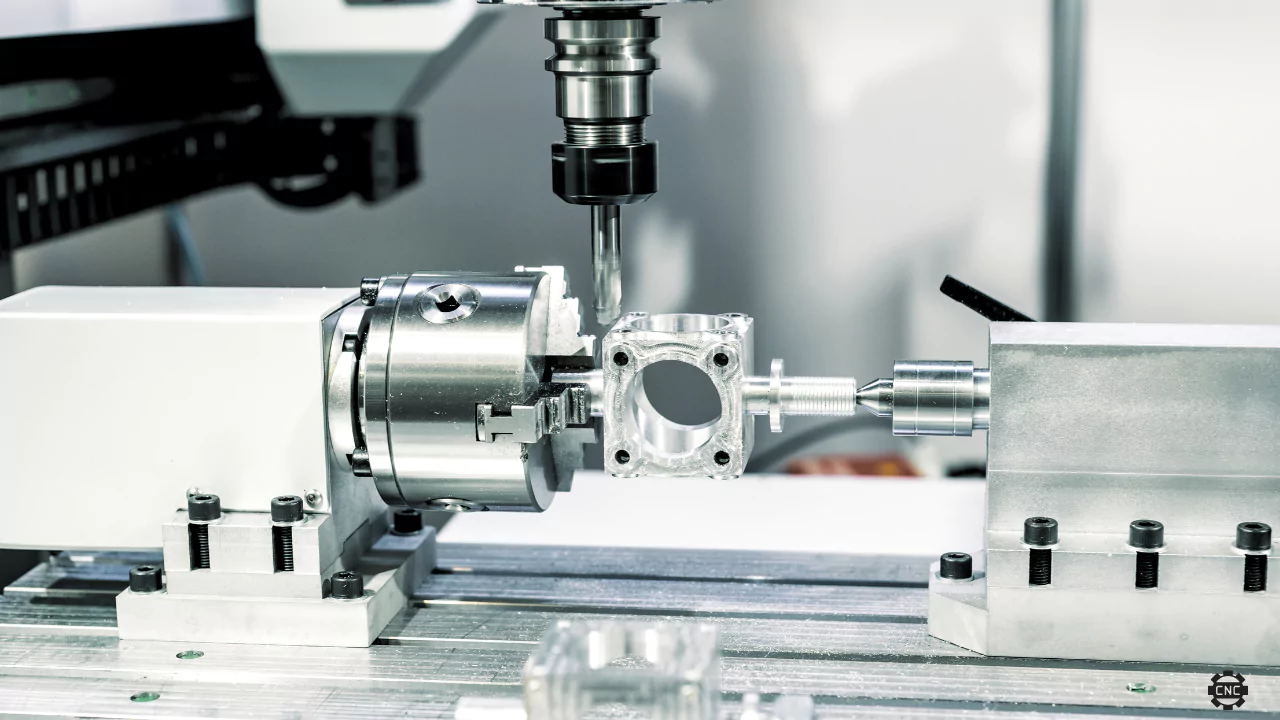
1.6 After Machining: Clean and Rust Prevention
According to the requirements of the program sheet, perform machining data inspection, check the machining effect after completion, and promptly check the wear degree of the light knife, the smoothness of the large surface and small corner joints, or whether there are incomplete machining of residual islands or edges in the program. Check whether there are any machining omissions in the loose part drawing;
Before disembarking, clean the workpiece thoroughly and apply dry cutting oil before loosening the clamping screws. Before cleaning, it is necessary to protect the BT taper or tool holder, but the tool must be removed before cleaning work can be carried out. The oil layer must be cleaned before stepping on the area to prevent slipping. Next, loosen the screws, lift up the workpiece for clamping and cleaning the bottom. After getting off the machine, do a good job of rust prevention and neatly place it in the designated position. After starting machining on the next workpiece, remove the clamping part.
2. Conventional Machining Standards
- Structural Slot Machining:The machining requirements for the structural assembly slot in the mold core are the same as those for the mold base machining (e.g., slider slots, lifter blocks, clamp slots, guide block slots, hot runner seal and locations). For inclined top machining with a hanging platform, a margin of 0.8mm or more is left for online cutting, and for non line cutting, a margin of 0.1mm is left for smooth cutting with a discharge connection. The corner position of the non sealing adhesive position of the push block groove should be avoided, and the assembly size should have a tolerance of +0.02mm;
- Datum Setting:In machining and discharge diagrams, data is taken based on the engineering part drawing, but all depths are zero at the bottom of the mold core. During machining, the bottom can also be raised to an integer of zero;
- Parting Line Surface Machining:If a ball cutter is used in the cutting surface machining, it should be enlarged by 0.015mm/S in the cutting diameter direction and the cutting axis direction should be a zero tolerance light cutter. The above is only applicable to precision machining of curved surfaces with height differences. If the side slope is inserted within 1°, zero tolerance machining should be carried out while ensuring the accuracy of the tool. A mold allowance of 2-3 threads should be left for 1-3°, a mold allowance of 3-5 threads should be left for 5°or more inclined surfaces, and a mold allowance of 2-5 threads should be left for the contact surface of the convex platform (the larger the collision surface, the smaller the allowance). It must be machined on a machine of the same accuracy;
- Finishing Cut Requirements: Allowance before finishing the parting surface should not exceed 0.05mm/side for small molds and 0.08mm/side for large molds. For high-precision finishing, compare tool accuracy before and after machining. The machining time for the same tool with one setup or one tool setting should not exceed 4 hours. The stepover for finishing can be increased by about 20% compared to cavity machining. When writing programs, understand the material, required surface finish, and process requirements first;
- Cavity Surface Machining: For cavity surface machining, the ball cutter does not need to be corrected. For positions with polishing requirements, fine tool marks must be made to ensure smoothness, and small tool diameters should be used as much as possible to achieve a bright machining effect of small steps with high speed and high feed to the small stepover. Generally allowances: R1.5-0.05, R2-0.08, R3-0.10, R4-0.12, R5-0.15, R6-0.18, R8-0.2, adjust the speed and feed rate appropriately according to the different materials;
- Pre-Hardening Allowance:Before hardening, if the four sides are divided, only pay attention to the bottom to increase the allowance by 0.2-0.5 (0.2mm for lengths below 300 and 0.5mm for lengths above 350mm, with appropriate changes according to the deformation coefficient of the material); When taking data from a datum corner or a single side, a unified margin should be left according to the machining technology requirements;
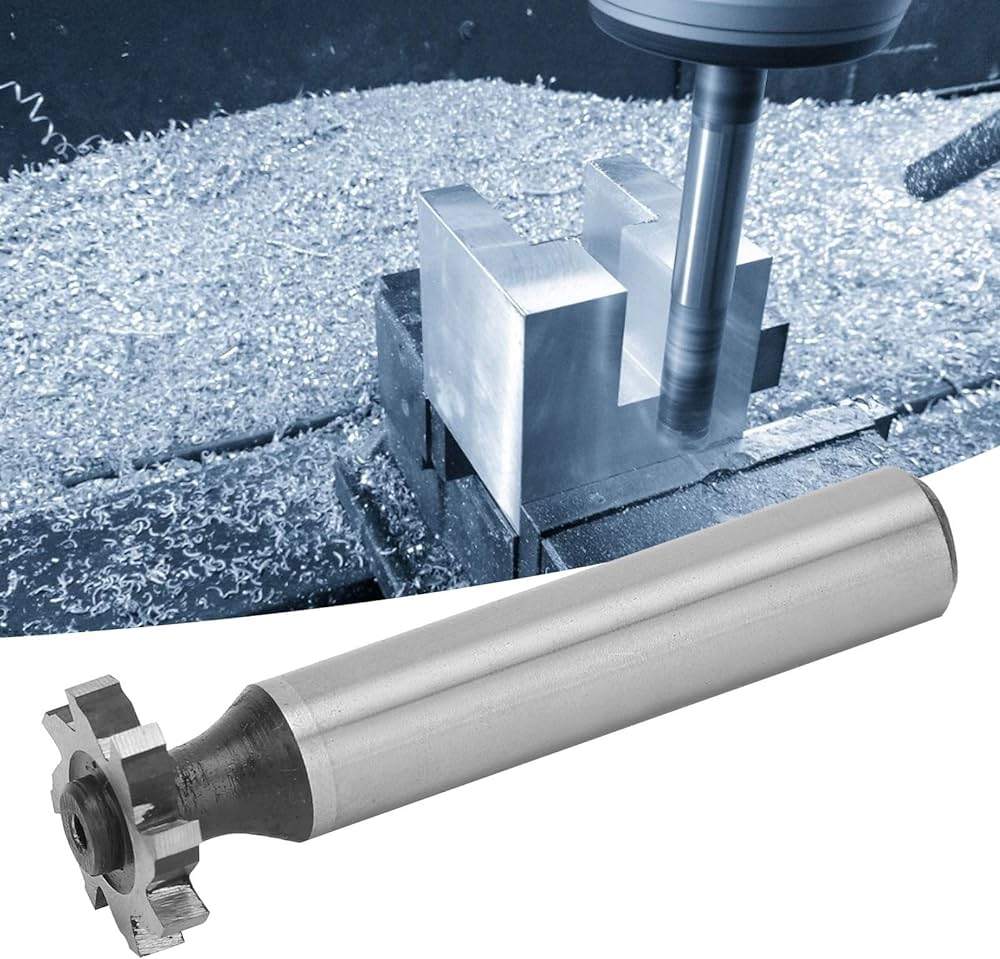
Other Details:
(1) All vertical sidewall finishing must be machined with side edges in 2D, with low-speed and low feed large stepover, except for positions that cannot be machined by end mills and hardware beyond 42°;
(2) Strictly follow the 3D drawing to process various chamfering techniques, with a single side clearance of 0.3-0.5mm for the R angle of the frame; for cavities with high gloss and high-precision requirements, a single side clearance of 0.015mm should be left for polishing;
(3) The mold for flat parting surfaces should leave a 0.1-0.2mm anti-damage allowance around the clamp of the flat parting surface for grinding;
(4) For vent machining on the parting surface, the depth of the vent channel should not exceed 0.5mm, and the depth of the vent outlet should not exceed 0.02mm. Therefore, when machining vents, if it is carried out simultaneously with the parting surface finishing, only the program needs to be separated from other programs. If it is a secondary clamping and only the vent channel is machined, one program is required for each vent channel, and each position needs to be tested. The test cannot be carried out on the clamping port;
(5) The minimum safe filtering size for effective hole machining of machining tools is [D (tool diameter)+D x 70%] to prevent tool stepping or chip burning due to poor chip removal; The rough machining step is 60-85% of the effective cutting tool diameter.
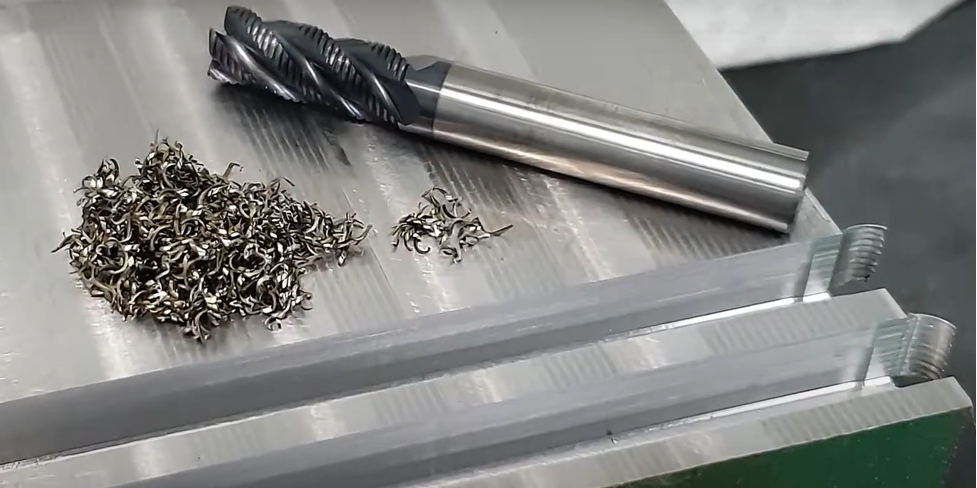
3. Workpieces Handover
3.1 Receiving Workpieces: Strict Control of Three Inspection Standards
The acceptance of workpieces requires the implementation of the “three checks” standard: 1) Check the appearance. If there are rust, stains, or scars, the feeding party needs to be requested to clean or reject them; 2) Check the identification. If the adjacent edge of the benchmark corner is not engraved with the “mold number+part name and number+material name” identification, or if the identification does not match the drawing, it will be rejected; 3) Check the dimensions three times and verify based on the maximum external dimensions in the loose part drawing or program sheet. If the height exceeds the drawing size by more than 2.0mm, it must be returned. After receiving, the workpieces should be neatly placed in the machining area, and a receiving record and signature confirmation from both parties should be completed.
3.2 Handover of Workpieces: Self-Inspection Before Handover
Before the completion of workpiece machining and handover, self-inspection must be carried out to confirm that there are no issues such as overcutting, too deflection marks, collision, welding slag residue, inadequate machining, poor connection, etc., and that the workpiece cleanliness meets the standard. Otherwise, rework must be carried out until it is qualified before handover to the next process.
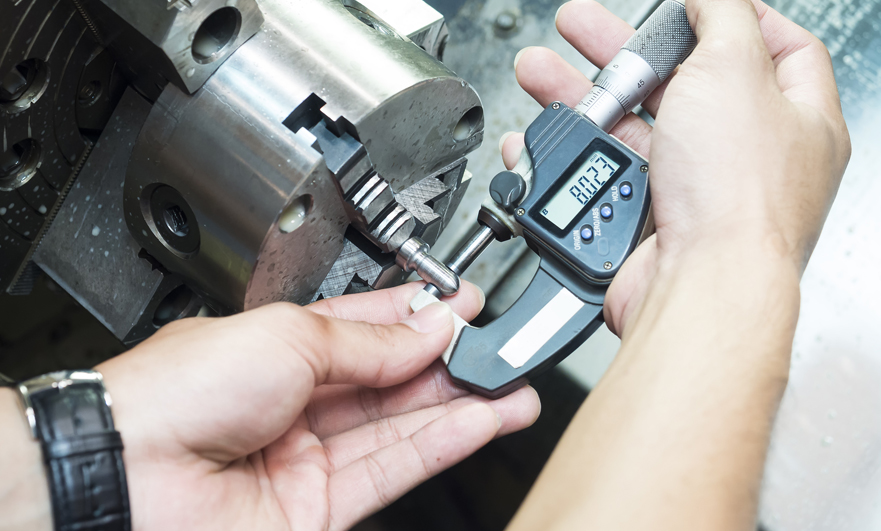
4. Supplement Machining Details
1) When using templates to generate UG programs, it is necessary to carefully check various parameters, and in the near future, special attention should be paid to the problem of wasted work hours caused by abnormal height;
2) The secondary roughing process should be minimized as much as possible in the machining of large steel materials. If necessary, multiple programs should be split to shorten the cutting time;
3) When the machining allowance of the adjacent inclined or curved surface on the side is less than 0.2mm, continuous machining is not allowed to improve cutting efficiency and operational safety;
4) All areas that require programming for machining must ensure machining efficiency while ensuring a bright machining surface, even for parts without clear precision requirements, this standard must be followed.
This specification is the core basis for ensuring production safety and improving machining quality, and all personnel must be proficient in and strictly implement it. We will continue to optimize based on actual production, and welcome everyone to actively provide feedback on practical problems and suggestions, jointly building a standardized defense line for CNC machining and promoting high-quality production work.
As an industry leader in custom manufacturing, KingStar leverages robust CNC milling, CNC turning & EDM expertise to deliver high-precision, quality parts and molds. This document reflects our commitment to standardized excellence in manufacturing. It will be continuously optimized based on production practice, and your feedback is welcomed.
